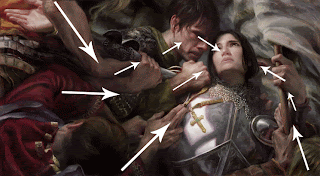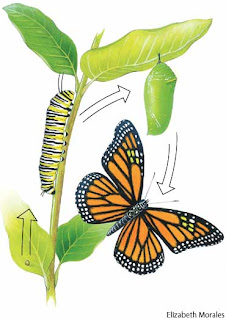Exaggeration and Caricature
EXAGGERATION: is the enlarging or altering beyond normal or due proportions. to ignore the natural restrictions of bones, muscles, and normal structural concerns.
DISTORTION: to change or alter the form of an object from it natural state. Making it longer or shorter, wider or skinnier, while still maintaining it integrity.
An example of both of these techniques in are are the art of caricature. lets look at a couple of well know caricature artist and see how the have implemented, exaggeration and distortion to create, funny, whimsical, and sometime satirical works of art.
Cort Jones.
Here Mr. jones take a Naturally distinguished feature of, Jay Leno's, famously big chin. Buy exaggerating the size of the chin, along with distorting it natural structure, to be more protruding, Mr.. Jones has captured the comidic personalty of, Mr. Leno.
Jason Seiler
Seiler exaggerated the size of rollingstones front man McJagger's lips, and distorts there natural structure to be more full and round to add emphasis.
Thomas Fluharty
Here Mr, Fluharty has done the same with hilary Clinton's hair, and the size and space relation of Bill Clinton's nose and mouth.



























